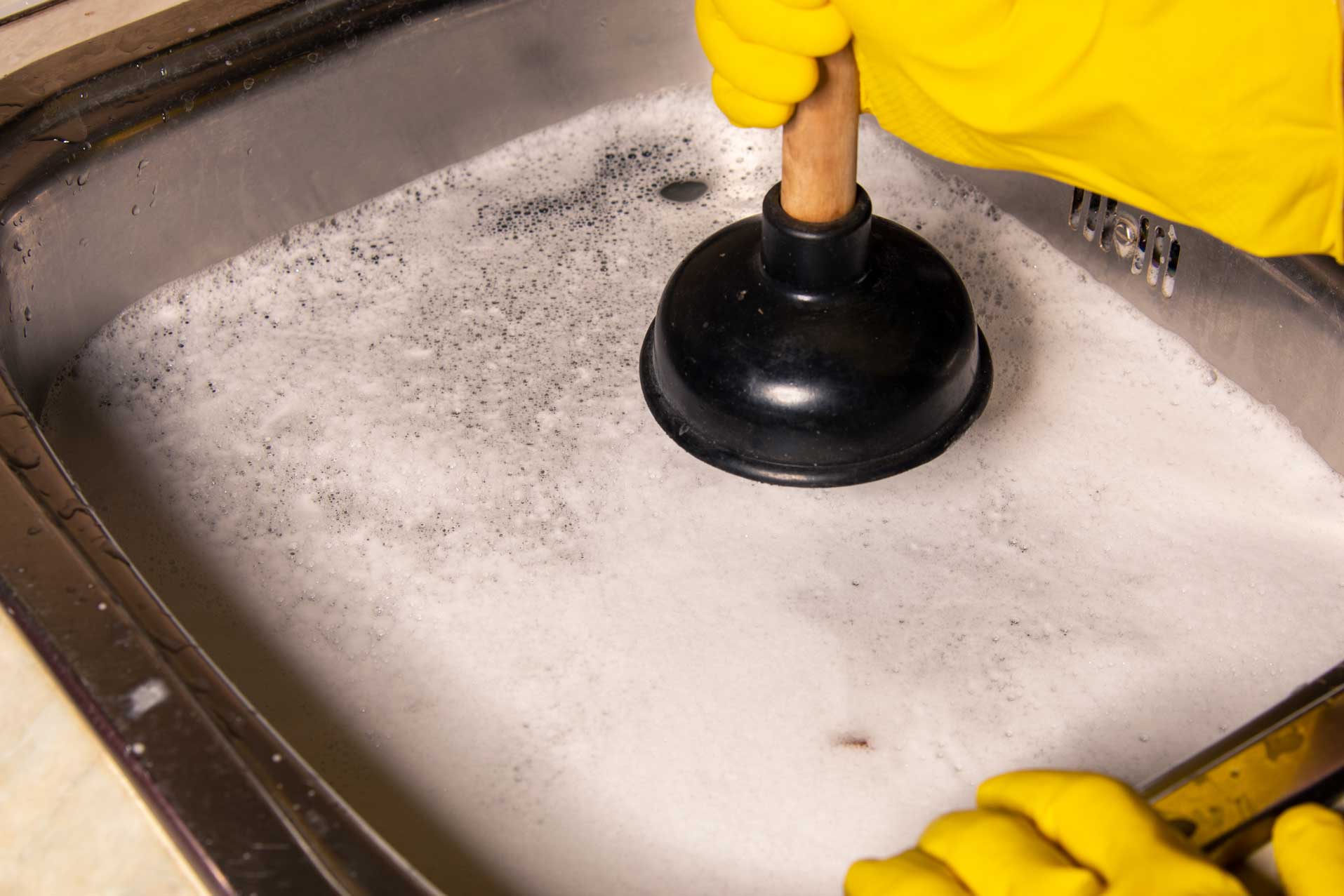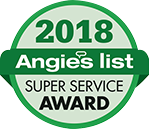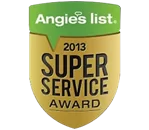A clogged sink can be one of the most frustrating household problems, whether you’re trying to wash dishes in the kitchen or brush your teeth in the bathroom. Thankfully, you don’t always need to call in a plumber right away—there are several DIY methods that can help you unclog your sink in no time. Below, we’ll walk you through the best ways to unclog a sink and some tips to prevent clogs from happening again.
Identify the Cause of the Clog
Before you get into fixing the clog, it’s helpful to understand what might be causing it. Different sinks typically get clogged by different things. Knowing the cause can help you choose the best method to clear it.
Common Kitchen Sink Clog Causes
- Grease and oil: These can solidify in the pipes and cause a stubborn blockage.
- Food scraps: Even small bits of food can accumulate over time, causing a clog.
- Coffee grounds: These can clump together and get stuck in your pipes.
Common Bathroom Sink Clog Causes
- Hair: Hair is the most common cause of clogs in bathroom drains. Hair can bind with soap scum, forming a solid mass.
- Soap scum: Over time, soap scum can accumulate and narrow the drainpipe.
- Toothpaste: This might not seem like a clogging material, but combined with other debris, it can cause problems.
Now that you know what might be blocking your sink, let’s move on to how to clean drains in your home.
Method 1: Use a Plunger
A plunger is one of the simplest and most effective tools to clear a clogged sink. Just make sure you’re using a sink plunger, not a toilet plunger. Sink plungers have a flat bottom, while toilet plungers have a flange.
How to Plunge a Sink
- Cover the overflow drain: If your sink has an overflow drain (the small hole near the top of the sink bowl), block it with a wet cloth to create better suction.
- Add water: Make sure there’s enough water in the sink to cover the bottom of the plunger. The water helps with suction.
- Plunge away: Place the plunger over the drain and plunge in an up-and-down motion. After a few seconds, check if the water drains. Repeat as necessary.
Plunging works best for clogs that are near the surface of the drain, like food or debris sitting in the trap.
Method 2: The Baking Soda and Vinegar Solution
If plunging doesn’t do the trick, try this natural solution using ingredients you likely already have in your kitchen. Baking soda and vinegar can break down clogs and clean your pipes without the need for harsh chemicals.
How Baking Soda and Vinegar Work
- Boil water: First, pour a kettle of boiling water down the drain.
- Add baking soda: Pour about ½ cup of baking soda into the drain.
- Vinegar reaction: Follow up with 1 cup of vinegar. The vinegar will react with the baking soda, creating fizzing bubbles that help to break down the clog.
- Flush with hot water: After waiting about 10–15 minutes for the solution to work, flush the drain again with boiling water.
This method works particularly well for breaking down soap scum and mild grease buildup in both kitchen and bathroom sinks.
Method 3: The Drain Snake (Auger)
When a plunger and natural methods don’t work, it might be time to bring in the big guns—specifically, a drain snake. Also known as a plumbing auger, this tool helps remove more stubborn clogs deeper in the pipes.
How to Use a Drain Snake
- Insert the snake: Feed the snake into the drain until you hit resistance (the clog).
- Twist the handle: Rotate the handle to latch the snake onto the clog.
- Remove the clog: Pull the snake out slowly, bringing the clog with it.
- Flush with water: Once the clog is removed, flush the sink with water to ensure everything is flowing smoothly.
Drain snakes are especially useful for removing hair clogs in bathroom sinks.
Method 4: Clean the P-Trap
If you’ve tried plunging, baking soda and vinegar, and a drain snake, and the clog still won’t budge, the issue might be in the P-trap. This U-shaped pipe under your sink often collects debris and can cause clogs if it becomes too full.
How to Clean the P-Trap
- Prepare your tools: You’ll need a bucket, wrench, and gloves.
- Place the bucket: Position the bucket under the P-trap to catch any water or debris.
- Remove the P-trap: Use your wrench to unscrew the slip nuts holding the P-trap in place. Carefully remove the trap and empty any debris inside.
- Reinstall the P-trap: Once it’s clean, reattach the P-trap and check for leaks.
Cleaning the P-trap is a bit more hands-on, but it’s highly effective for persistent clogs.
Method 5: Chemical Drain Cleaners (Use with Caution)
While not always the best option, chemical drain cleaners can dissolve clogs quickly. However, these products can be harsh on pipes, especially if you have an older plumbing system.
How to Use Chemical Cleaners Safely
- Follow instructions carefully: Always read the manufacturer’s instructions before using a chemical cleaner.
- Ventilate the area: Open windows or use a fan to avoid inhaling fumes.
- Use sparingly: Avoid overuse, as frequent use of chemical cleaners can damage your pipes over time.
- Flush thoroughly: After using a chemical cleaner, make sure to flush the drain with plenty of water.
It’s a good idea to reserve chemical cleaners for emergencies, and only if natural methods haven’t worked.
Preventing Future Sink Clogs
Prevention is always better than cure, and keeping your sink drains free from clogs is easier than you might think. Here are some easy habits to adopt:
Kitchen Sink Tips
- Dispose of grease properly: Never pour grease or oil down the drain. Instead, pour it into a container and throw it in the trash once it solidifies.
- Use a sink strainer: A simple strainer can catch food scraps before they enter the drain.
- Run hot water: After using your sink, run hot water down the drain to help clear away grease and food particles.
Bathroom Sink Tips
- Use a hair catcher: Hair is one of the leading causes of bathroom clogs. A hair catcher or strainer can stop it before it enters the drain.
- Flush with hot water: Like in the kitchen, running hot water down the bathroom drain once a week can help break up soap scum.
When to Call a Professional Plumber
Even with the best DIY methods, some clogs just won’t go away. If you’ve tried multiple approaches and the water still isn’t draining, it’s time to call a plumber.
Signs You Need Professional Help
- Multiple drains are clogged: If water backs up in more than one sink, you might have a larger plumbing issue.
- Slow draining water persists: If the clog only seems to be getting worse, it could be deep within the pipes and require professional tools to remove.
- You notice foul odors: Bad smells coming from the drain can indicate a severe blockage or buildup of bacteria.
Contact Ford’s Plumbing to Fix Your Clogged Drain
Dealing with a clogged sink doesn’t have to be a hassle. From using a plunger to cleaning the P-trap, there are plenty of DIY solutions to help you unclog your sink and get your home back in working order. Just remember to follow these methods carefully, and don’t hesitate to call in a professional plumber from Ford’s if the clog persists. With regular maintenance and a few preventative measures, you can keep your sinks running smoothly for years to come!



















